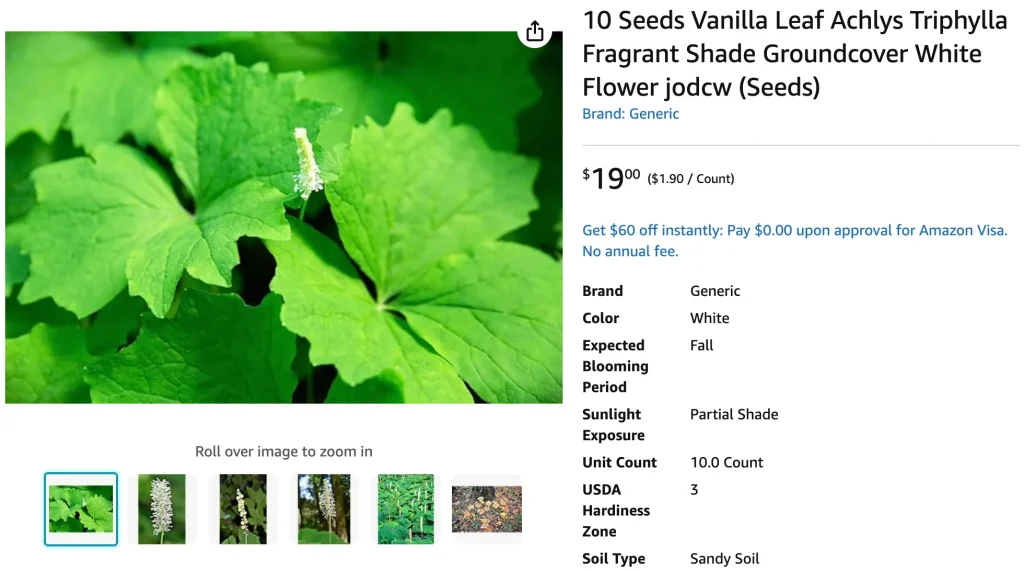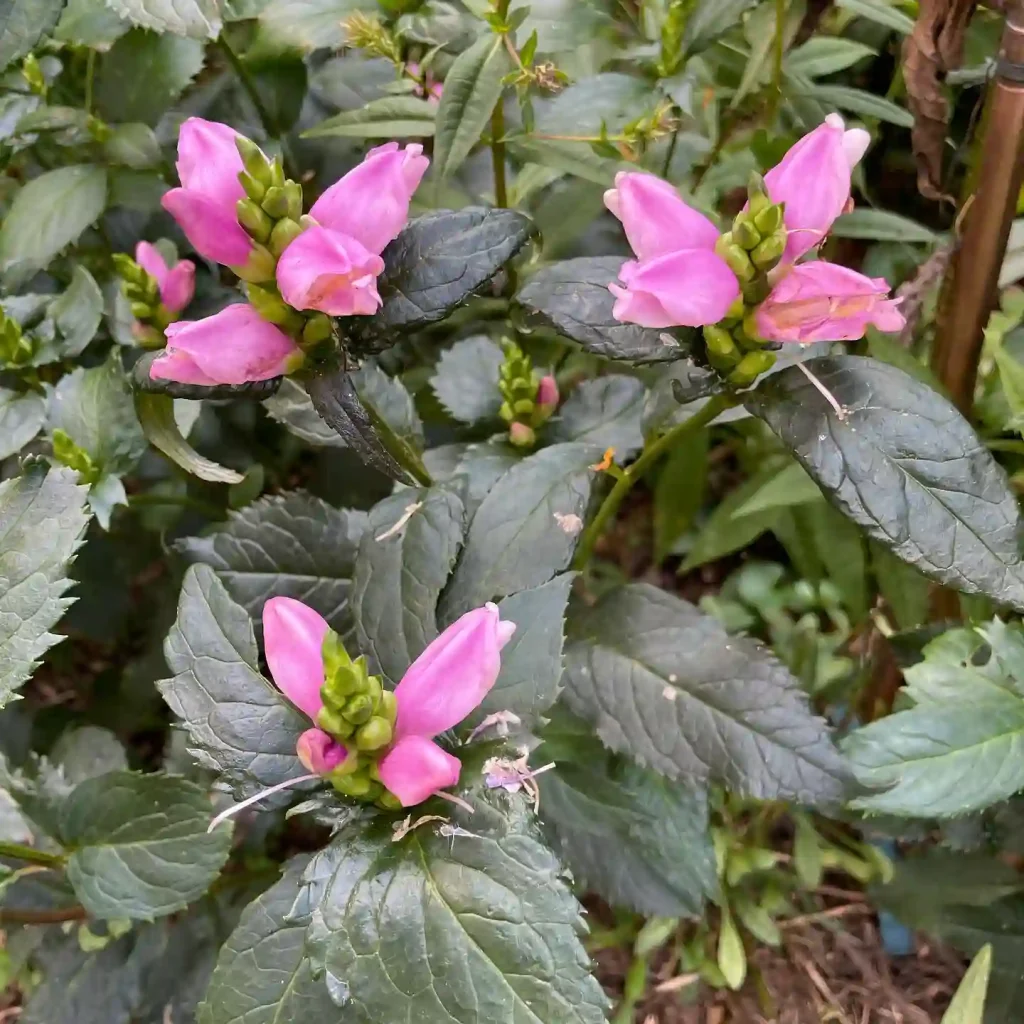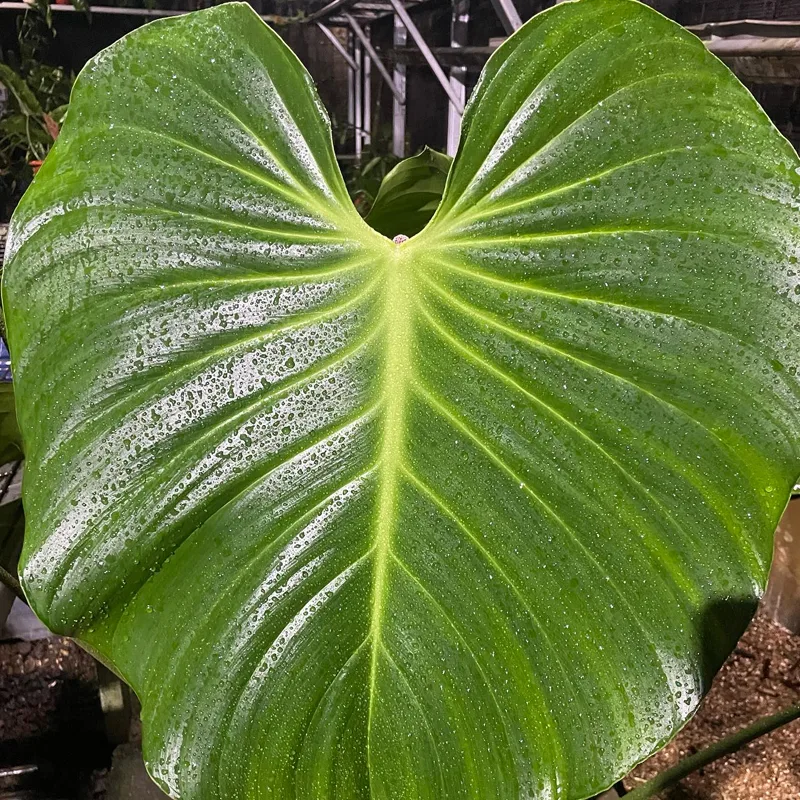
May 28 – Achlys
"Achlys, the vanilla leaf, represents May 28."
Achlys symbolizes serenity and mystery. You have a calm yet intriguing personality, captivating others with your quiet strength. Like this plant, you bring subtle beauty wherever you go.
Achlys: A Shade-Loving Genus with a Touch of Mystery
My name is Ferb Vu, and I’m fascinated by the plant genus Achlys. This small but intriguing group of flowering plants belongs to the barberry family (Berberidaceae), sharing ancestry with more recognizable genera like Berberis (barberry) and Vancouveria (inside-out flower). What draws me to Achlys is its subtle beauty and the air of mystery that surrounds it. Even its name, derived from the Greek goddess associated with mist and darkness, hints at its preference for shadowy woodland habitats.
Unveiling the Species in Achlys
Achlys is a relatively small genus, comprising only a handful of species. Let’s take a closer look at the members of this fascinating group:
- Achlys triphylla: This is perhaps the most well-known species, commonly called vanilla leaf or deer foot. It’s native to western North America, where it thrives in moist, shaded forests. The leaves, divided into three leaflets, release a sweet vanilla-like fragrance when crushed, hence the common name.
- Achlys japonica: As the name suggests, this species is native to Japan. It shares the characteristic three-parted leaves with A. triphylla but tends to be smaller in stature.
- Achlys californica: This species, also known as California vanilla leaf, is endemic to California. It closely resembles A. triphylla but has some subtle differences in leaf shape and flower structure.
The Allure of Achlys
There’s something captivating about Achlys that goes beyond its botanical classification. Perhaps it’s the way these plants thrive in the dim light of the forest understory, their delicate flowers emerging like secrets from the shadows. Or maybe it’s the subtle fragrance of vanilla emanating from the crushed leaves of A. triphylla, a surprising sensory experience in the midst of the woods.
Whatever the reason, Achlys has captured my imagination. I find myself drawn to their understated elegance and the sense of tranquility they evoke. These plants are a reminder that beauty can be found in the most unexpected places, often hidden in plain sight.
Delving Deeper into Achlys
My interest in Achlys has led me to explore various aspects of its biology and ecology. I’m particularly intrigued by:
- Evolutionary history: How did Achlys evolve, and what is its relationship to other members of the Berberidaceae family?
- Ecological role: What role does Achlys play in its ecosystem? How does it interact with other plants, animals, and fungi?
- Ethnobotanical uses: Have indigenous peoples used Achlys for medicinal or other purposes?
- Cultivation: Can Achlys be successfully cultivated in gardens, and what are the optimal growing conditions?
These are just a few of the questions I’m exploring as I continue to learn more about this fascinating genus.
The Importance of Achlys
While Achlys may not be as well-known as some other plant genera, it plays a vital role in its ecosystems. As an understory plant, it contributes to the overall biodiversity of the forest and provides habitat for various insects and other small creatures. Additionally, the vanilla-like scent of A. triphylla may attract pollinators, further contributing to the ecological balance of the forest.
Beyond its ecological importance, Achlys also holds cultural significance for some indigenous peoples. For example, the leaves of A. triphylla have been used by some Native American tribes for medicinal purposes, such as treating headaches and stomach ailments.
Looking Ahead
I believe that Achlys deserves more attention and appreciation. Its subtle beauty, ecological importance, and potential ethnobotanical uses make it a valuable part of our natural heritage. I hope that my exploration of this genus will contribute to a greater understanding and appreciation of these often-overlooked plants.
As I continue my journey of discovery with Achlys, I’m excited to see what new insights and perspectives I gain. I’m also eager to share my knowledge and enthusiasm with others, encouraging them to appreciate the beauty and wonder of the natural world, even in its most subtle forms.
If i die, water my plants!



